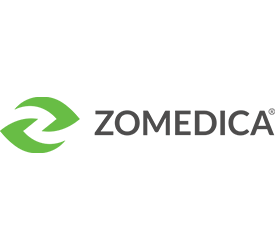Diagnostic Testing and Monitoring
The classic presentation of FHT (also known as Group 1 in the 2016 AAFP guidelines and in Table 8) is a cat that is losing weight, eating voraciously, and hyperactive. Many cats, however, do not have these classic signs and can be assigned to one of the other five diagnostic groups. Cats with elevated T4 levels on basic blood screens may be minimally symptomatic or asymptomatic. Regardless of the cat’s clinical presentation, a repeatedly elevated T4 level requires treatment to prevent progression of the disease and subsequent secondary organ damage.
Concurrent disease may cause the serum T4 level to be lower than expected in a cat suspected to be hyperthyroid. In these cases, a fT4 will be helpful to confirm the diagnosis. For cats that fall into Groups 4 or 6 that may be considered early or subclinically hyperthyroid, there may be some benefit to measuring TSH levels before deciding on treatment options. Cats with detectable serum TSH concentrations (>0.03 ng/mL) are at much higher risk for development of 131I-induced hypothyroidism.68 A commercially available feline TSH test was recently released; however, the canine TSH test is a reasonable alternative.69,70 A measurable TSH level may make a cat more susceptible to hypothyroidism following radioactive iodine treatment. Waiting until TSH declines to an unmeasurable level may be beneficial.68,70 TSH levels are not sensitive for initial diagnosis of hyperthyroidism and must be used in conjunction with elevated T4 or fT4 levels.70








